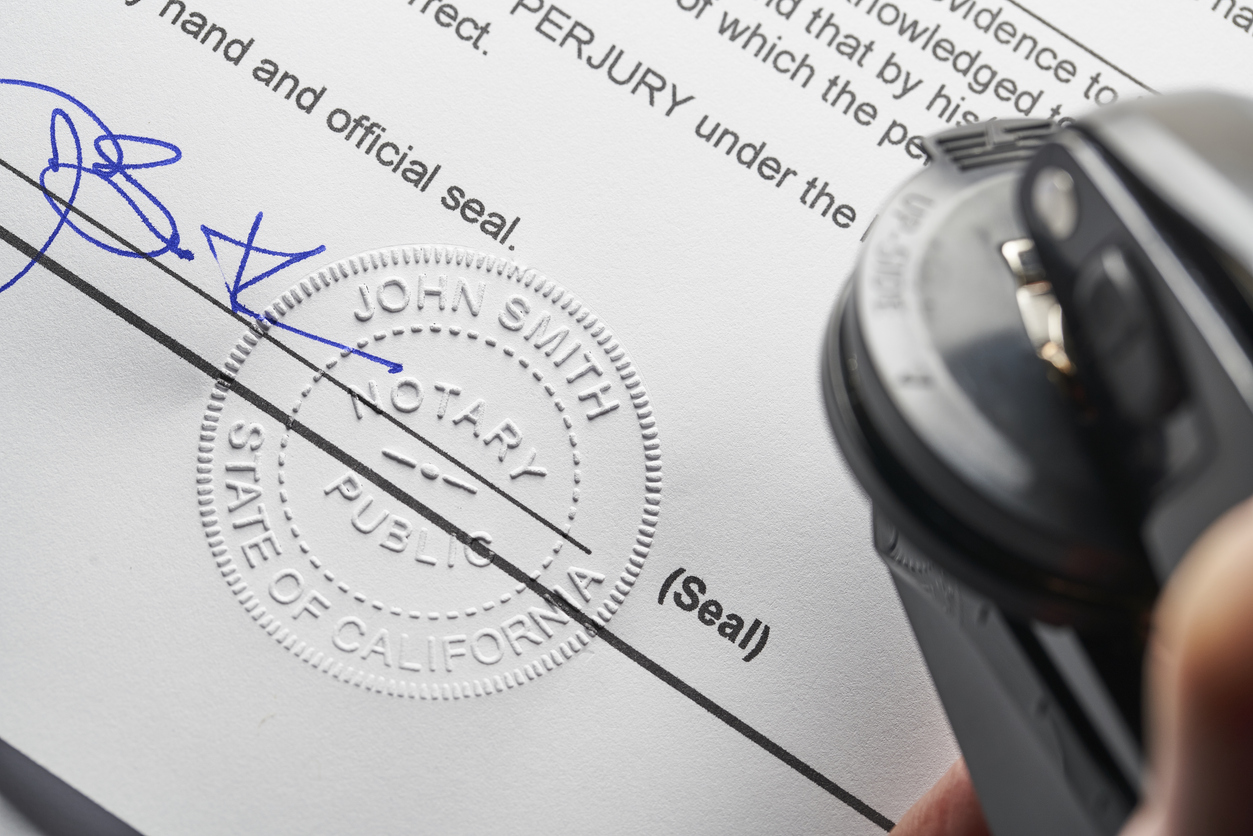For public adjusters, understanding what constitutes a valid proof of loss, when it must be submitted and how the proof of loss can be discussed with the insurance carrier is vital not only for assisting policyholders in recovering what they are owed but also for ensuring that the right to sue is preserved. A recent Illinois federal case, Kang v. Travco Insurance Company, 1 sheds significant light on how courts interpret these requirements and the consequences of failing to meet them.
The policyholder in Kang experienced significant water damage after a pipe burst in her home. Although she submitted various forms of documentation to the insurer over many months, leases, utility bills, and detailed responses to adjuster inquiries, her claim was denied. She then sued, but the insurer argued the suit was time-barred by the policy’s “Suit Against Us” clause, which required action to be brought within two years of the loss. The policy also included an important exception to this deadline. It was to be extended by the number of days between the date the proof of loss was submitted and the date the claim was denied.
The central question became what exactly counted as a “proof of loss.” The court ruled definitively that under the language of the policy, only a “signed, sworn proof of loss” triggered the tolling of the limitations period. This was based on a clause under the Duties After Loss section of the policy, which required the insured to send, within 60 days after the insurer’s request, a “signed, sworn proof of loss.” The policy language, which is fairly standard, stated the following:
Send to us, within 60 days after our request, your signed, sworn proof of loss which sets forth, to the best of your knowledge and belief:
(1) The time and cause of loss;
(2) The interest of all ‘insured’ and all others in the property involved and all liens on the property;
(3) Other insurance which may cover the loss;
(4) Changes in title or occupancy of the property during the terms of the policy;
(5) Specifications of damaged buildings and detailed repair estimates;
(6) The inventory of damaged personal property described in 2.f.;
(7) Receipts for additional living expenses incurred and records that support the fair rental value loss; and
(8) Evidence or affidavit that supports a claim under Property – Additional Coverage 7. Credit Card, Electronic Fund Transfer Card or Access Device, Forged and Counterfeit Money, stating the amount and cause of loss.
The court emphasized that even though the plaintiff had submitted a substantial volume of information, she never provided a document that met the policy’s formal requirements for a proof of loss. The court rejected the plaintiff’s argument that no such signed and sworn proof was required because the policy’s suit limitations clause didn’t use the word “sworn.” It found that when the policy was read as a whole, the only reasonable interpretation of “proof of loss” in the context of tolling was the formal, signed, and sworn version described in the Duties Provision.
Interestingly, the court acknowledged that under Illinois law, an insurer can waive the requirement of a proof of loss by denying a claim for reasons unrelated to the failure to provide one. However, the court clarified that such a waiver does not extend to the tolling of the limitations period unless the insurer also takes steps that mislead or dissuade the insured from timely filing suit. In Kang, because there was no evidence that the insurer had lulled the plaintiff into delaying her lawsuit, and because the denial left over a year for her to file suit, the court found no waiver or estoppel.
This case highlights why public adjusters must be vigilant about not only preparing detailed loss documentation but also ensuring that their clients properly submit a formal proof of loss that is signed and sworn when the policy requires it. Without it, the legal protections afforded by the tolling provisions of most policies may be forfeited, leaving the insured unable to pursue recovery through litigation, which were otherwise meritorious claims.
I have written extensively about public adjusters’ duties regarding proofs of loss. For background, I would suggest reading “Public Adjusters Owe a Duty to Properly Comply with Proof of Loss Requirements,” “Proof of Loss Pointers and Practical Observations,” and “Does a Requested Proof of Loss Have to Be Provided Before Demanding Appraisal or Filing Suit?”
Public adjusters who are Masters of their craft understand the nuanced differences between proofs of loss and how they are central to many discussions with the insurer regarding resolution. I will be discussing a number of these ideas about proofs of loss and providing tips for favorable use of the proof of loss at the upcoming National Association of Public Insurance Adjusters (NAPIA) Annual Meeting next month in Phoenix.
Here is a link for registration.
Thought For The Day
A proof is a proof. What kind of a proof? It’s a proof. A proof is a proof.
—Jean Chretien
1 Kang v. Travco Ins. Co., No. 24-3391 (N.D. Ill. Apr. 3, 2025).




